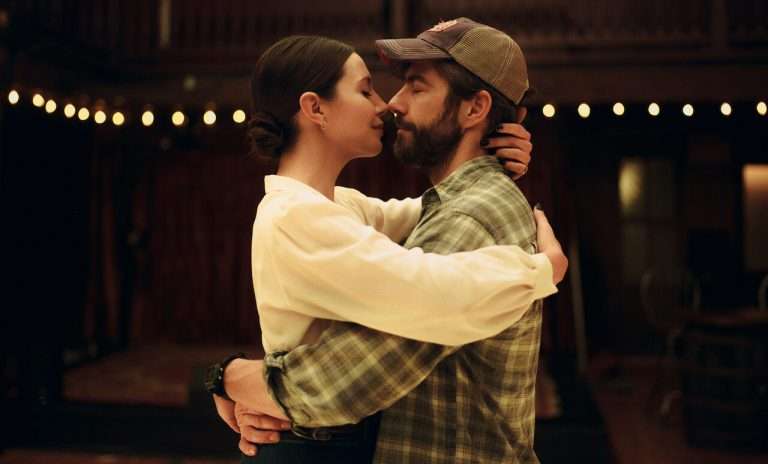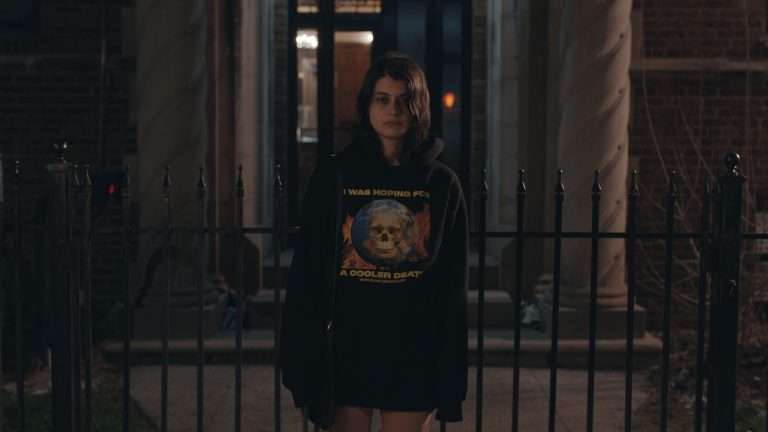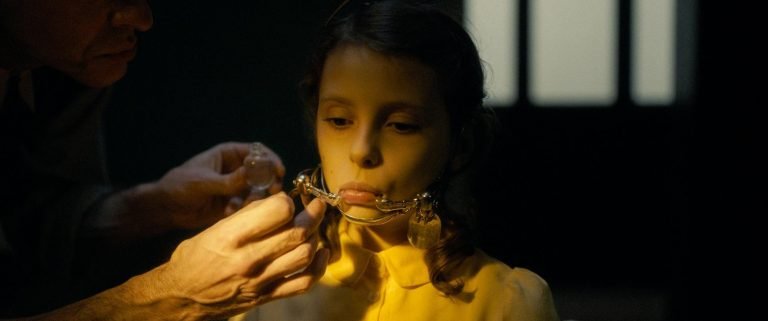Antlers Movie Ending Explained & Themes Analyzed: Scott Cooper’s newest creature feature focuses on a mythological creature who has come to life in a small town in Oregon. ‘Antlers’ is produced by Guillermo del Toro and features characteristic elements ubiquitous in his body of work. Kerri Russell and Jesse Plemmons headline the cast and deliver strong performances. Overall, the plot’s ability to produce potentially significant themes and create an atmospheric horror film is wasted to some extent. Visually, the feature gains on the back of some great camerawork and the eye-catching terrain. There is a familiar tone in storytelling found in its genre peers. Despite the sincere attempts, the development of a compelling core struggles due to inconsistencies.
The subtlety of past and present that is often beautifully brought out in del Toro’s films is missing. The moving parts just about come together to produce a semblance of his classical filmmaking style. Additionally, the cultural backdrop of the creature remains unexplained. The lack of indigenous members of the cast furthers one’s frustrations. However, ‘Antlers’ is a decent watch and is riddled with various question marks about its meaning and themes. We have decided to come out with a piece to explore the plot cues in detail and analyze some of the latent motifs you may have missed. Happy reading!
Antlers Plot Summary and Synopsis:
Frank Weaver, his son Aiden, and fellow meth dealer Kenny are attacked by a mysterious creature in an abandoned mine. Lucas, Frank’s older son, displays strange behavior in Julia’s (Russell) class. Violent drawings and lack of social interaction urge her to communicate her distress to brother Paul (Plemmons), the local sheriff, and principal Ellen Booth. Julia does so out of her own traumatic childhood abuse at the hands of her father. Booth goes missing and Julia discovers her car at the Weaver residence. The half-eaten body is similar to that of Frank’s friend, Kenny.
This raises suspicions of the return of a Wendigo in the mind of retired native local Sherrif, Warren Stokes. Flashbacks reveal how Lucas’ brother and father’s condition deteriorated after the encounter with the creature. Stokes reveals the only way to stop the creature is to extinguish its beating heart. Julia’s nightmares return when she is caught between protecting Lucas and fighting the creature.
Related to Antlers Movie Explained – The Matrix Resurrections Movie Explained: Ending, Themes & Satire Analysed
What happened to Frank and Aiden at the mine?
Before the flashbacks, the attack in the opening minutes indicated that the creature had killed Aiden and Kenny. The very first time we see a transformed Frank is through the keyhole of the door behind which he is locked. Lucas’ revelations then shed light on what actually happened to the duo.
The Wendigo is a parasitic entity and needs a host to feed on. Without one, it cannot satiate its greed or human flesh. It attacked and killed Kenny, but took control of Frank’s body. This is the reason we see a glowing heartbeat inside Frank’s chest when Lucas visits him upstairs. Aiden, by extension also falls prey to the Wendigo’s curse and suffers a similar fate.
What happened to Julia in her childhood?
A recurring motif when Julia’s character finds herself alone with her trauma is her father. He walks menacingly towards her in the basement; beats and gropes her in her bedroom; sleeps naked with her stuffed toy in her bed.
All these are markings of child abuse. When Julia is reminded of those horrible thoughts in the house, she takes down family photos. She is startled and horrified by her father’s deeds, as evidenced by the scene where she plays the piano and Paul walks up to her.
Antlers Movie Themes and Symbolism Explained
Child Abuse and Trauma
This is the most prominent connection between Lucas and Julia. Despite the macabre nature of the latter’s motivation to help the former, it comes from a place of kindness. Julia screams at Paul when she mentions that they are taking in Lucas until he finds a new home. She feels guilt-ridden and disgusted by her own experiences and is foremost in trying to help someone like her.
Cooper seems unable to fully develop the bonded connection between Lucas and Julia. Hence, the impact of our protagonist’s trauma is muted. Its representation is restrained to mostly flashbacks and implied acts, as opposed to other films that overtly introduce them to the viewer. The subtlety is appreciated but the execution is not.
Related to Antler Movie Explained – Hereditary (2018) Ending Explained: How Avarice and Ambitions complement the film’s unsatisfactory culmination
Abandonment
Paul’s biggest resentment with Julia is how she left him in the house, alone. Both their parents passed away when the two were quite young. But Julia, instead of staying back with Paul, leaves him and distances herself from the haunting memories of her past. This particular theme is again common between her and Lucas. Unlike the abuse aspect of the storytelling, Cooper handles this one with just enough nuance for it to stand out. The dreaded sense of abandonment that Lucas feels when Aiden is separated from him, his father is murdered by the Wendigo, is the highlight of ‘Antlers’.
The sense of abandonment also looms large on a macro scale. Despite not featuring too much, the city is shown as left stranded by both the government and many of its residents. Unkempt landscapes and washed-off streets indicate a town that does not have the confidence of its inhabitants.
Nature’s Revenge
It might be a bit far-fetched to interpret the antlers as Cooper’s symbolism of depleting natural resources. But, when one peruses original indigenous scriptures that mention the Wendigo, the creature is not described as having antlers.
Rising urbanization comes at the cost of trees and forests fell by builders. The destruction of nature is countered by a mythical creature that gorges on human flesh. Although the Wendigo critically adds the supernatural element in the film, one can’t but help see it as Cooper’s rendition of nature vs. man.
Similar to Antlers Movie Explained – Lamb Movie Explained: Ending, Themes & Parental Grief and Allegory of Motherhood Analysed
Drugs, Poverty, and Greed: The Usual Suspects
The depictions of small towns in films and television shows have seen a similar trend. Most narrators have opted to characterize them through institutional neglect and receding incomes. Poverty is a noticeable typification in ‘Antlers’ Cispus Falls. The community is shown as economically depressed, with hardly any jobs in the system. The Weaver house setup captures the usual suspects really well: drugs, malnourishment, and hunger.
This feature of the new-age American economy plagues many small towns and cities. The struggling local ecosystems become laggard with time and prove to be more of a prison for the townsfolk than a facilitator of progress. Cooper is particular in the way he chooses to represent the themes. A creative choice not to go beyond the Weaver house to capture the themes allows other elements of storytelling to flourish.
Antlers Movie Ending Explained:
Depending on the response, ‘Antlers’ will have a sequel. That is how the film ends. Julia singlehandedly defeats the Wendigo, with marginal help from Lucas with his one knife stroke. When they notice that the curse has passed on to Aiden, Julia is reluctantly pushed to end his life. Lucas is then taken in by Julia and Paul until he finds a new home. As the movie is about to end and all our protagonists are well, Paul begins to cough.
His cough becomes persistent to finally reveal black bile, indicating that the curse has passed on. Seemingly, the only explanation for the same is that whomever the Wendigo pierced with its antlers, he cursed them as well. All the other victims died as a result of his attacks, except Frank, who was severely infected. Will Paul suffer a similar fate as the others, or will the sequel find a way around it?


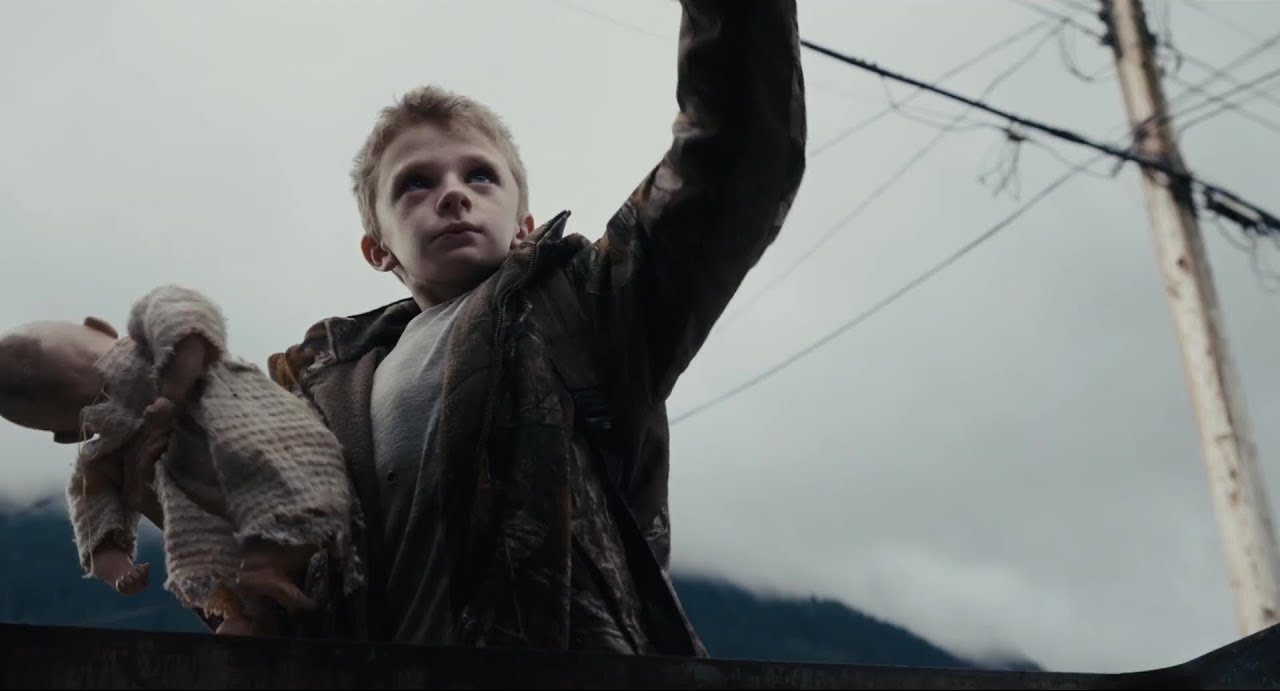
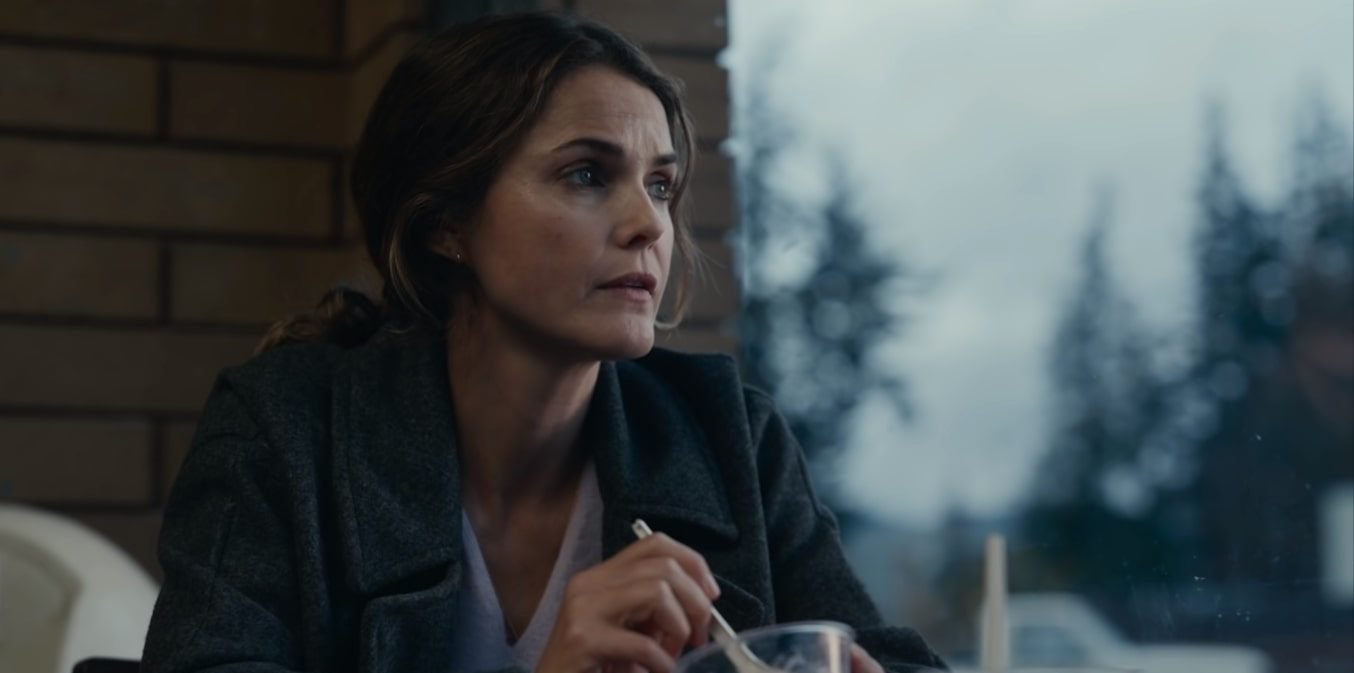

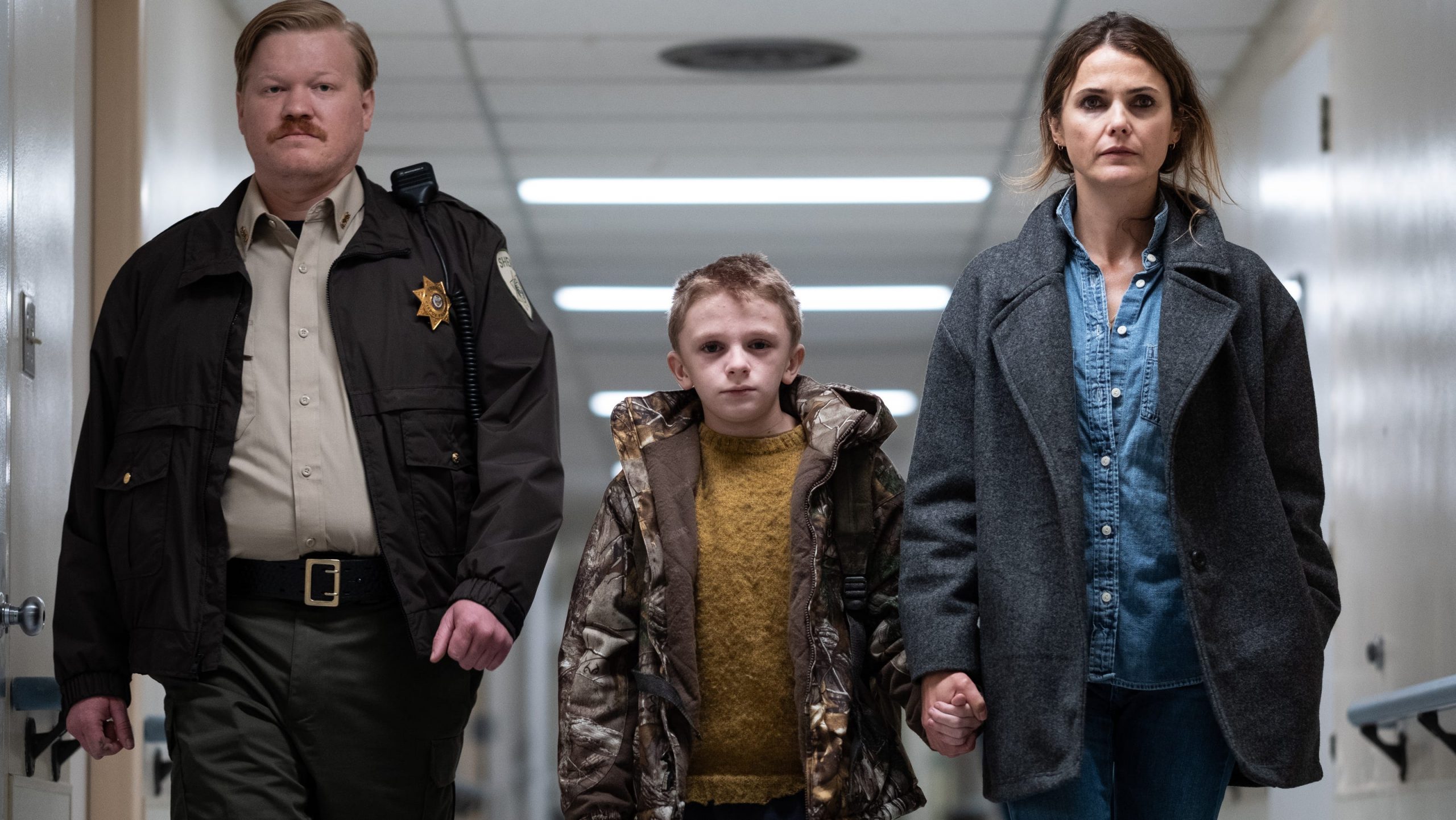

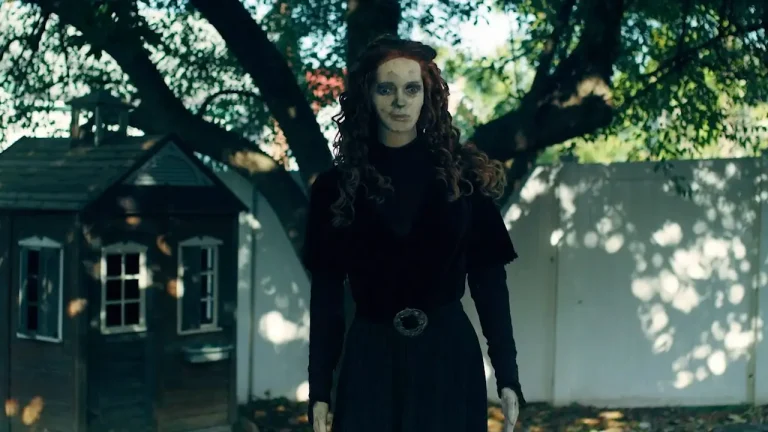
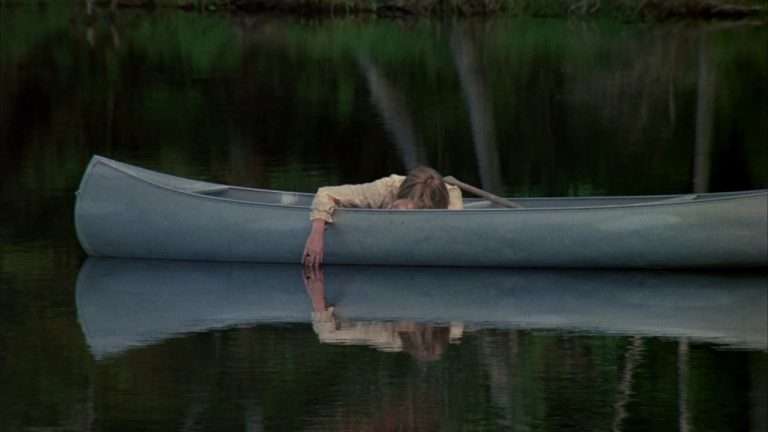
![Terrorizers [2021]: ‘TIFF’ Review – A look into cyberspatial nightmares](https://79468c92.delivery.rocketcdn.me/wp-content/uploads/2021/09/Terrorizers-1-highonfilms-768x384.jpg)
